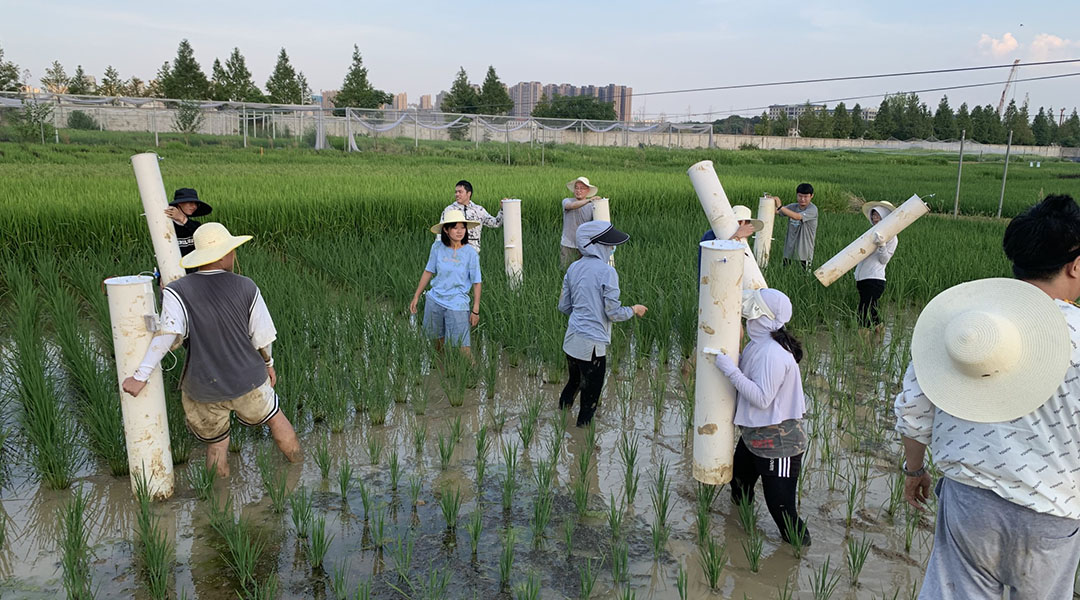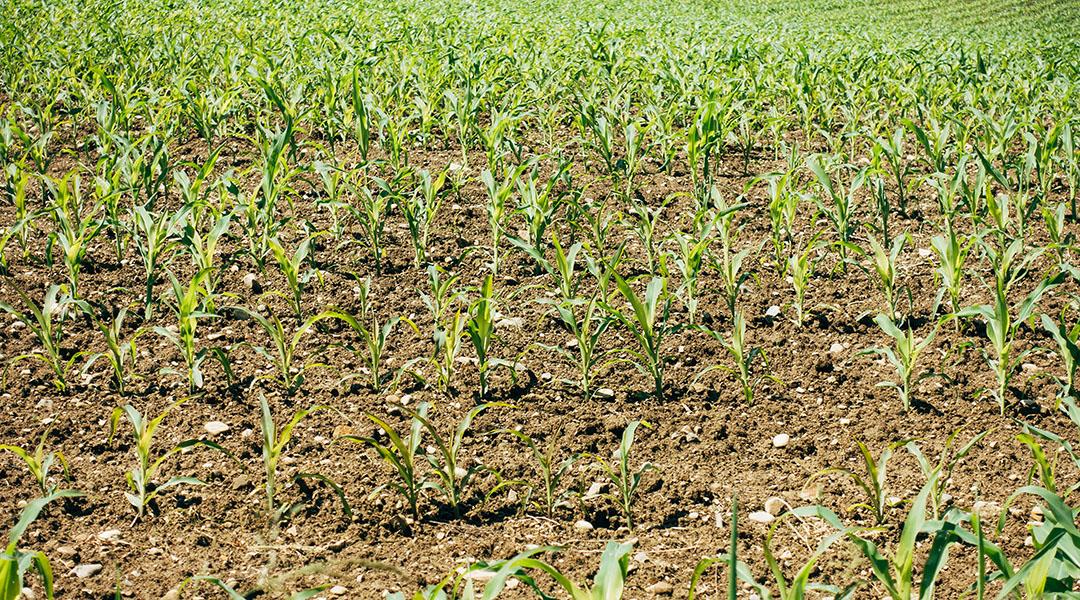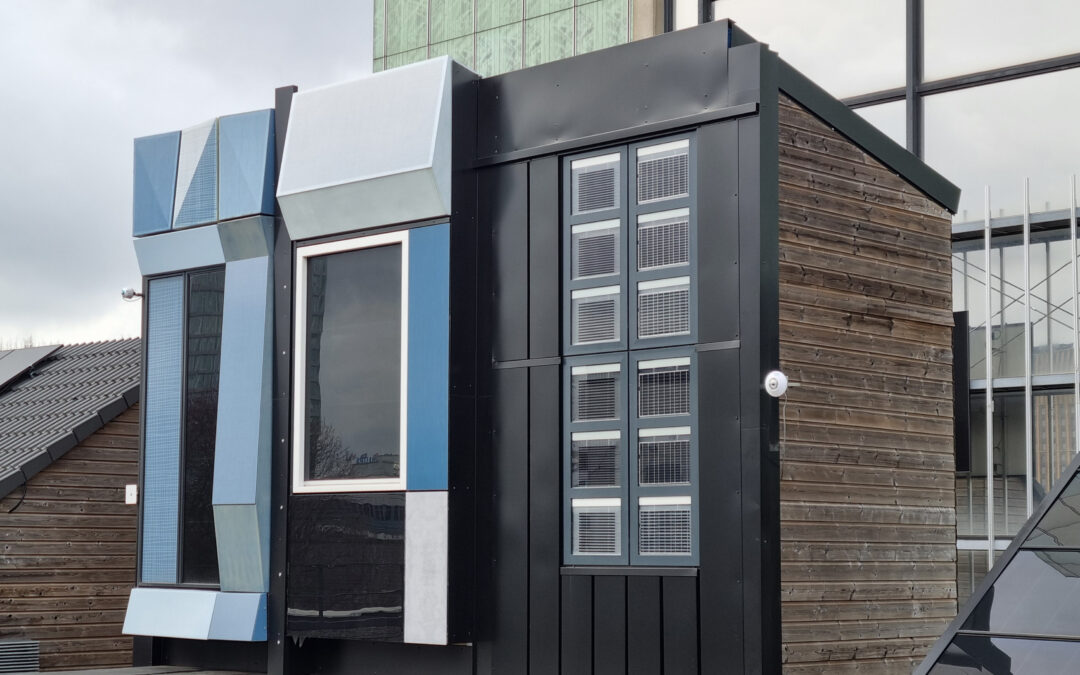Scientists at the WEST tokamak in France set a new plasma duration record, bringing us closer to achieving nuclear fusion for clean energy.


Scientists at the WEST tokamak in France set a new plasma duration record, bringing us closer to achieving nuclear fusion for clean energy.

A new rice variety that combines high yield with low methane emissions could help farmers tackle climate change.

Ammonia fertilizer could be produced underground, using Earth’s natural heat to significantly reduce the industry’s carbon footprint.

A new battery design could overcome obstacles to making batteries with more energy storage capacity and a lower environmental footprint.

Crops that can withstand rising temperatures could increase global food security amidst the rising threat of climate change.

The rapid growth of AI brings hope of unprecedented advancements in many sectors but what is its real carbon footprint?

Such rapid changes haven’t been accounted for in model projections, meaning sea level estimates are subject to uncertainty.

Scientists have developed a process to recycle carbon fiber into valuable chemicals with the help of fungi.

The innovative windows generate energy while shading building interiors from the sun, improving indoor comfort and energy efficiency.

Scientists uncover the role of soil fungi in improving crop yields and balancing complex plant-pollinator interactions.